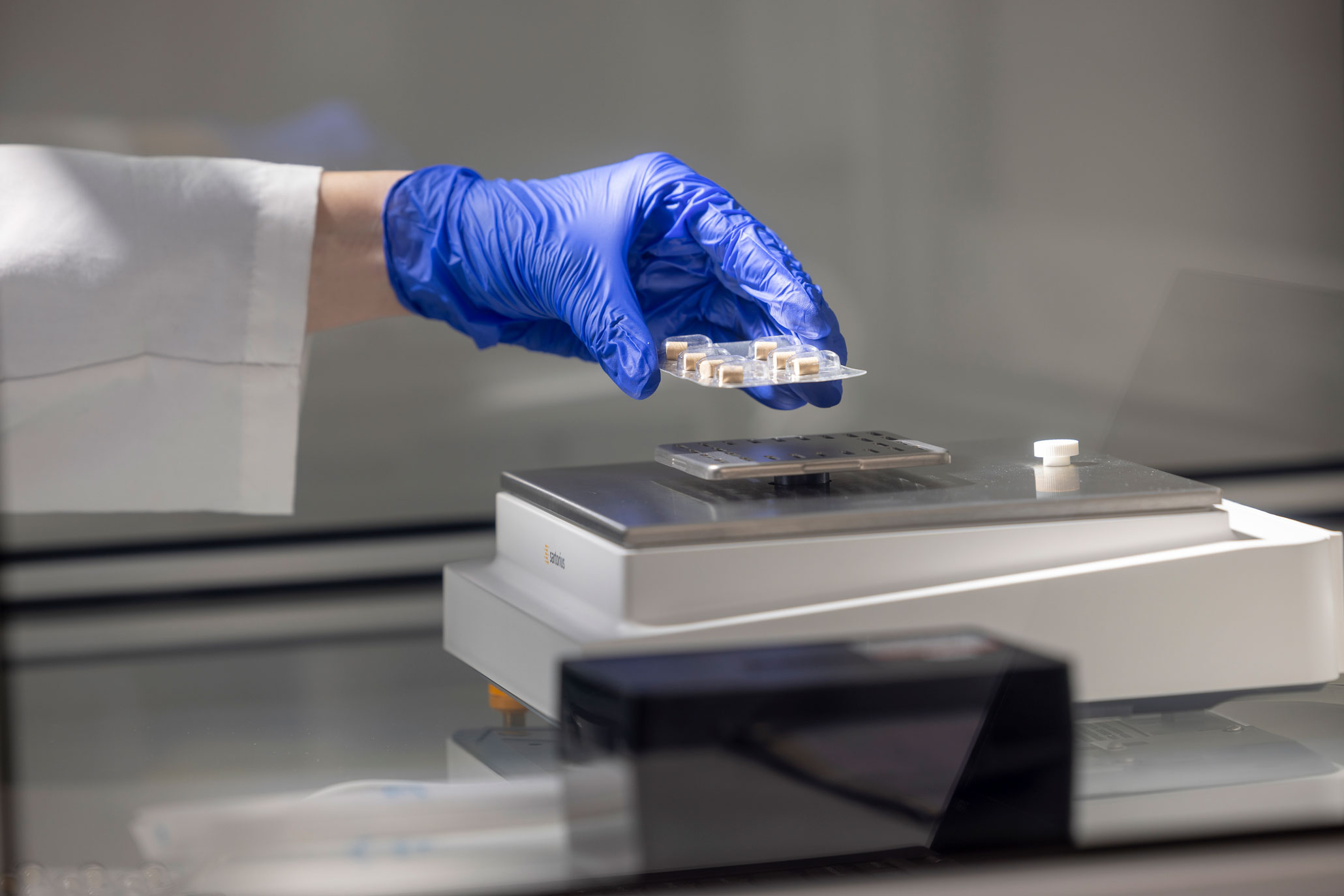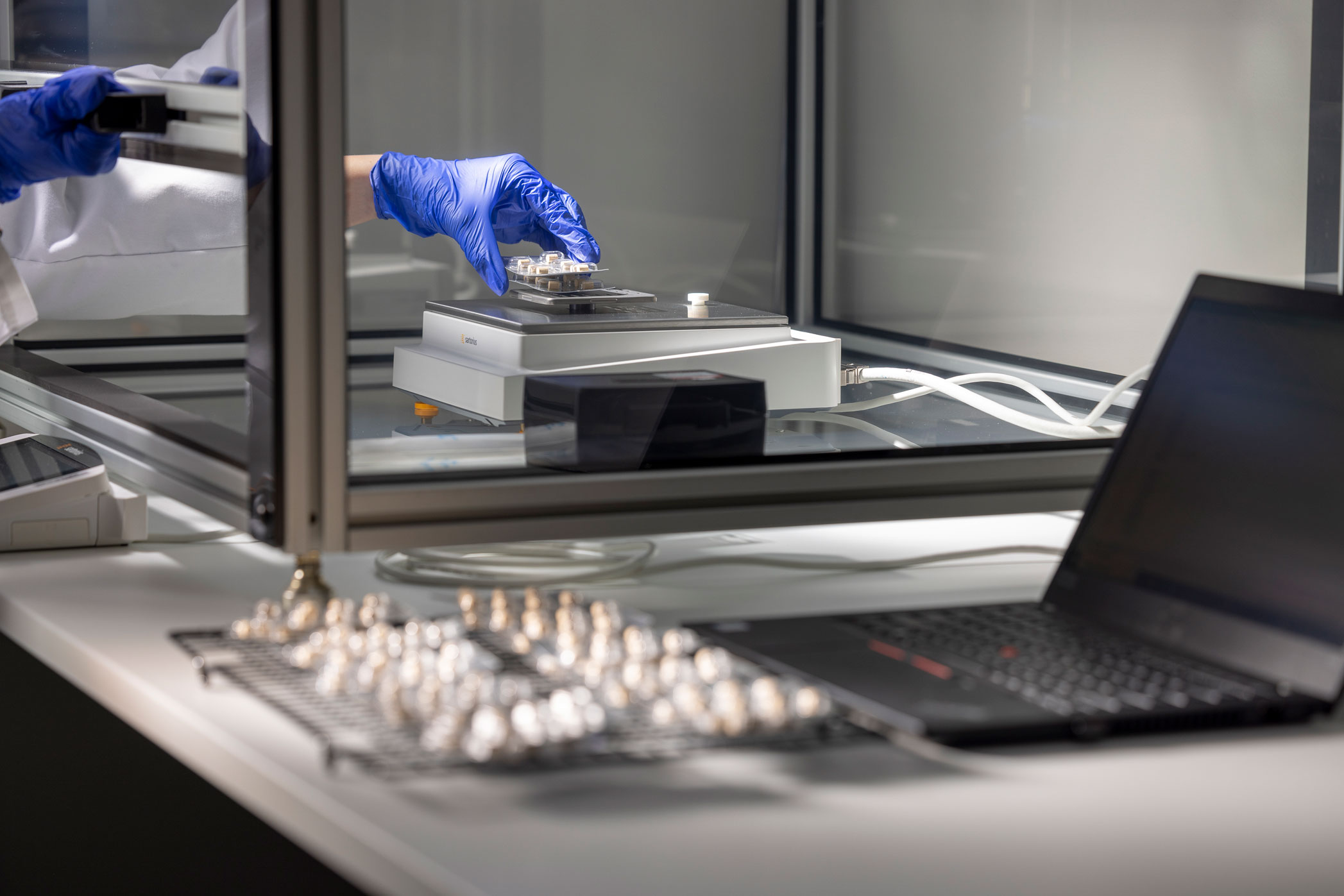
Moisture Vapor Transmission Rate
PCL can perform a 7, 28, or 35-day test to support packaging system classification or define an MVTR. Different climatic conditioning profiles, durations, and calculations apply based on the USP requirement.
Packaging systems needed for testing include:
- Control Units: Packaging system without desiccant
- Sample Units: Packaging system with desiccant

Industry Application
Moisture vapor transmission rate (MVTR) is a measure of the passage of water vapor through a substrate. Pharmaceuticals require a high level of moisture control to ensure their integrity and shelf life. One of the characteristics of protective packaging systems is to keep moisture from their contents. MVTR helps to ensure the correct level of barrier is applied to the product. The lower the MVTR, the higher the moisture barrier of the system.
MVTR can be performed when the efficacy of the packaging system is challenged:
- New packaging is introduced
- Changes in barrier materials occur
- Changes in manufacturing processes occur
Frequently asked questions
How does PCL calculate MVTR?
Measured in mg/day, an MVTR calculation is used to measure precisely how much water vapor transfers through high barrier single unit pharmaceutical blisters and unit dose containers following climatic conditioning. An initial baseline weight is taken, samples are subjected to climatic conditioning then weighed at suitable test intervals to then calculate the rate at which moisture is entering the packaging system. PCL uses a custom semi-micro analytical balance capable of measuring down to .01 milligrams.